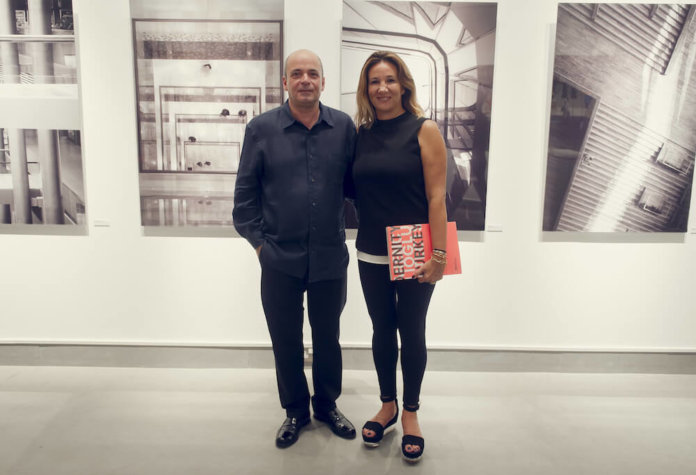
Interview with Murat and Melkan Tabanlioglu, Tabanlioglu Architects
In 1990, architect Murat Tabanlioglu established Tabanlıoğlu Architects in the Turkish capital of Istanbul, with his wife joining the company five years later. Today, the dynamic husband and wife duo leads an enterprise that has designed high-end properties such as airports and congress halls, even becoming the first Turkish architects to be awarded the prestigious Royal Institute of British Architects (RIBA) International Award for architectural excellence. In this interview, the Tabanlioglus share with Tharawat their unique approach to leading a firm that designs the structures that reshape the urban landscape.
What is your process when you take up a new project and where do you draw inspiration for each new work?
Every location has conveniences or challenges that require specific solutions. Identifying the impact of the building on the local landscape and present values is as important as the architectural design of the building.
Therefore, our architectural planning not only focuses on design and technology but also on the culture of the people and society. Culture is a crucial element that has to be understood because culture and design are intertwined. We see that culture often guides the design of the building while the design of the building also has an impact on the local culture.
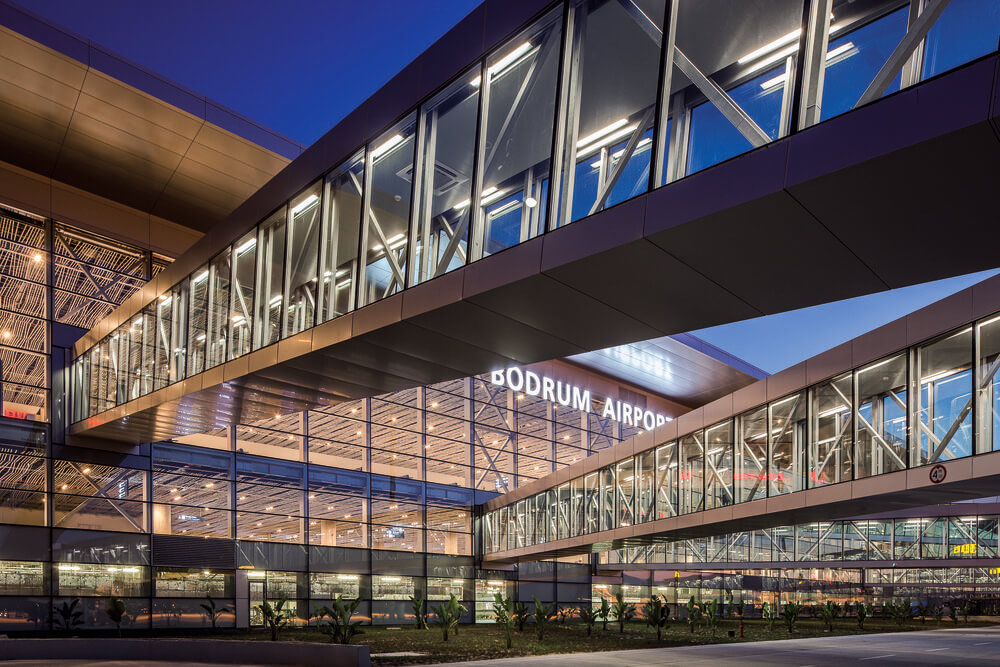
What is most important to you when you design a building?
Though every project is unique, our primary concern is for all of them to become a natural part of the urban texture and life, while respecting the values of the past and existing environment. Despite the most contemporary techniques and methods, there should be something local in the design, or else the building will be too generic.
For example, we designed three congress halls in different cities across Africa, all of which feature exclusive and extraordinary design elements that are unique to their land and culture. In the same vein, when we take on high-rise projects in Istanbul or Dubai, they are not mere adaptations of European or American structures but are buildings that retain their Middle Eastern heritage and characteristics.
What are your proudest projects and why?
We believe in our projects, so it is not easy to name one. But I can say that the most important project is always the latest project that consumes our mind and creativity. That is because each new project is a refreshing new world, opening up an opportunity to create and learn.
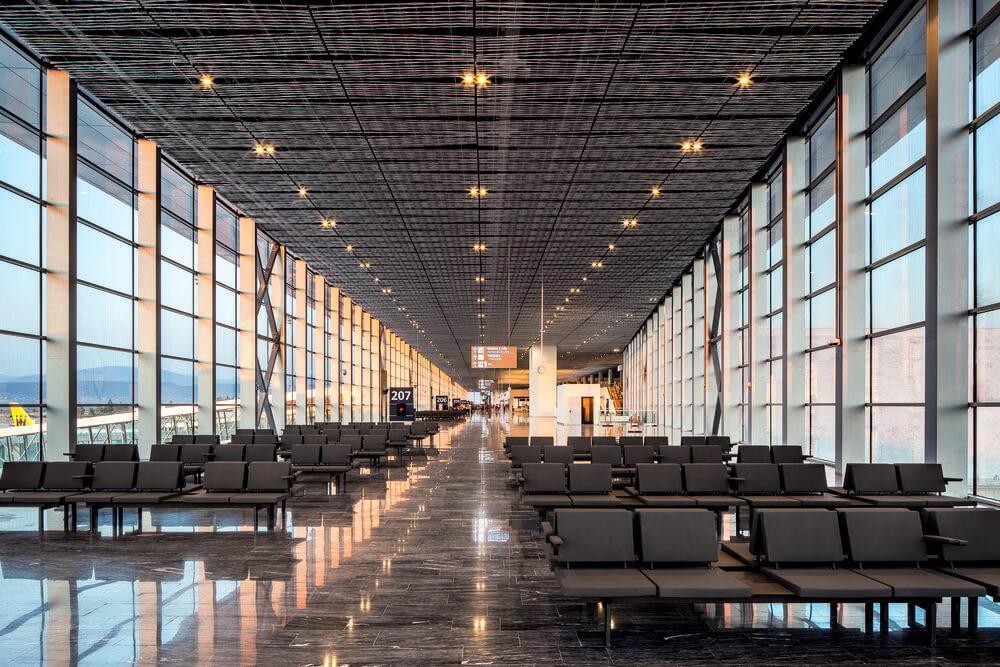
What do you think sets Tabanlioglu and its works apart from that of other architecture firms? What do you differently from others in the field?
Apart from our state-of-art, technological and innovative construction solutions, we always strive to achieve timelessness while incorporating existing textures into the project. The spaces created the need to be adaptable to different needs that may change daily or evolve over a longer period. At the same time, we are building – or sometimes rebuilding – links to the memory of the city and its people.
Fortunately, our signature and name bring prestige to the investments in Turkey, so we have the positive influence to convince the client of our ideas on what constitutes good architecture as well as the future planning of the new urban lifestyle.
As a company that is being run by a husband and wife, how does that affect the dynamics of the work environment?
Melkan: Even though we are both responsible for different projects, we always seek the advice of each other. I believe it is always helpful to have neutral perspectives and input from people who are not directly involved, which means that when I am focused on a project, Murat’s comments become that much more important to me.
Murat and I supervise all projects and activities of five design groups led by senior architects. Architecture is a system that requires you to collaborate and adapt to each situation for the best and most practical result. As such, we believe in an approach that requires continual research and team effort that has engineers, consultants, and clients all working in sync.
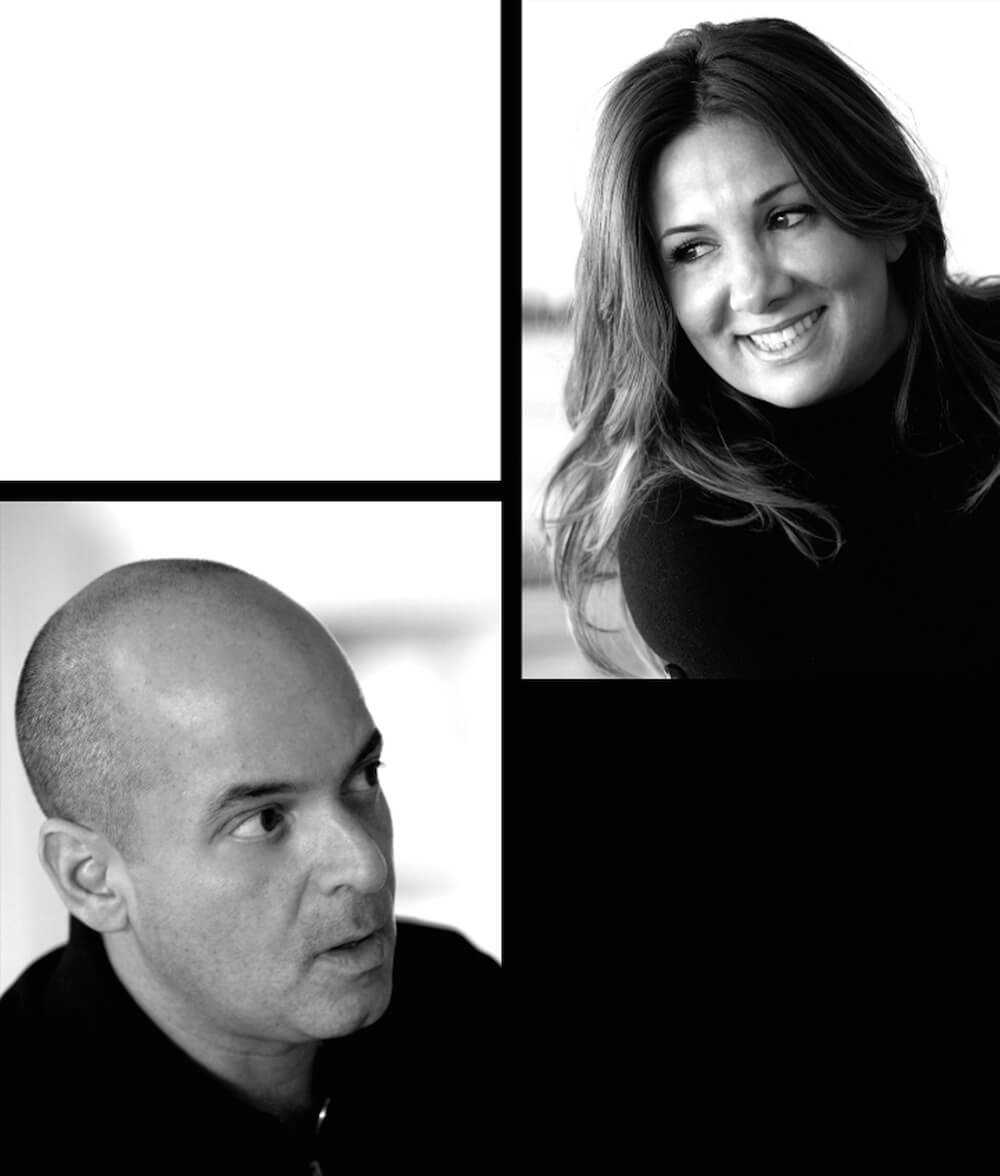
What kind of projects are you currently working on?
We are working on our very first project in the UAE called the “Crystal Towers”. This is a regionally anticipated and prestigious development that will be acting out a unique vision of offering a harmonious combination of a variety of different spaces including a hotel, shopping mall, restaurants, a beach club and a modern mosque, a first of its kind for the region.
In addition, we are working on a number of projects across Africa and also in Kazakhstan, where we will be designing the Astana Railway Station following our success in contributing to the city’s architectural landscape with our work in the Astana Stadium and the Astana Media Center.
If you could design any project in the world, what would it be and why?
Our dream would be to become a member of the team that designs a grand master plan for Istanbul; a plan that results in a more democratic, healthy, green, safe and happy urban living environment for everyone.
What is your ultimate vision and goal for work in Tabanlioglu?
We want to be a group that is renowned for designs that respect its environment while incorporating technological innovations through our unique architectural language.
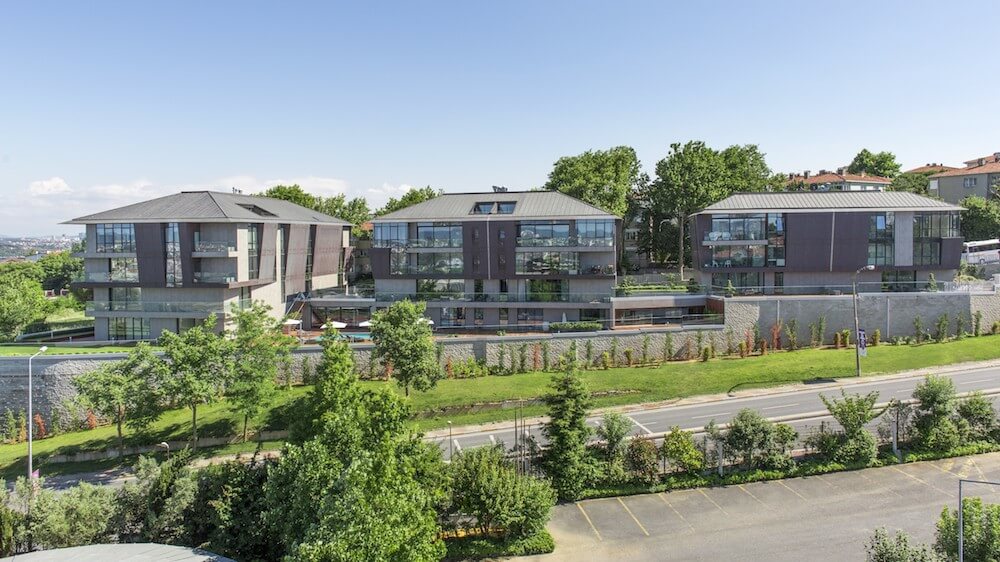
We believe that a building is the highest expression of communication. It has the power to push forward new ideas into society so that not only those who live in the building but also passing it can influence pedestrians. As such, we want to use that power to contribute to the urban environment by making people happy in the places they live.









